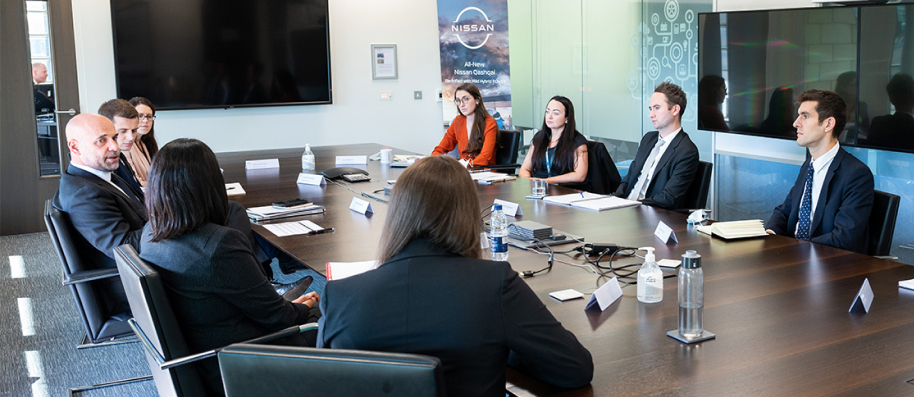Governance
Trust and transparency sit at the core of our approach to Sustainability. We have set out and continue to evolve robust governance policies and practices that keep us on course to drive innovation that enriches people’s lives. We take a proactive approach to risk management and turn risks into opportunities.

